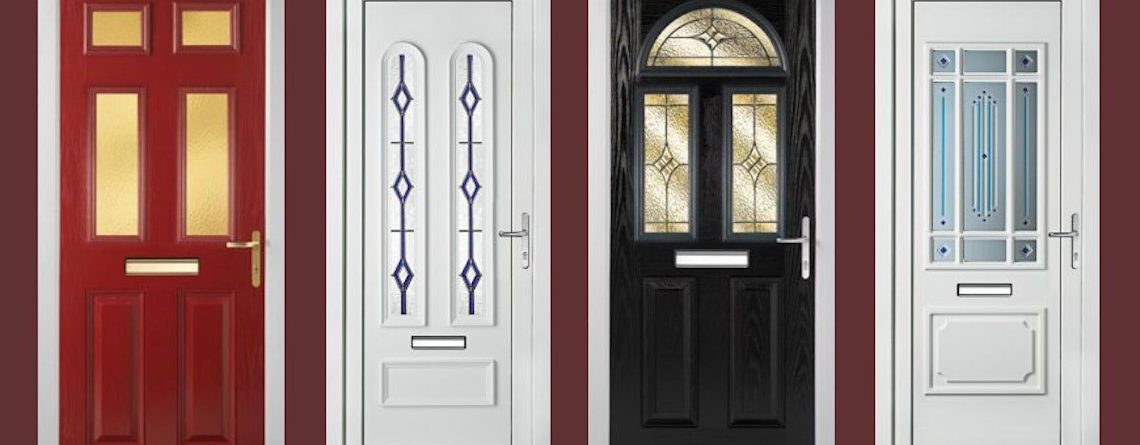A Window in the Door: More than Just a Pane of Glass
Initially glimpse, a window in a door may seem like an easy architectural feature. It's just a piece of glass that permits light to filter through or offers a glance of what's on the other side, right? But when you pause to think about it, this relatively ordinary element brings substantial practical, aesthetic, and even symbolic weight. Whether it graces the doors of your home, workplace, or favorite café, a window in a door is even more than just a pane of glass-- it's a bridge between areas.
1. Performance: The Practical Role of Door Windows
The addition of a window to a door offers useful advantages that can improve both domestic and industrial areas:
Natural Light: One of the primary functions of a window in a door is to permit sunlight to travel through. In spaces with minimal windows or enclosed areas like hallways or interior offices, this feature can brighten the space, lower the dependence on artificial lighting, and create a more welcoming atmosphere.
Exposure and Safety: A window in a door offers a clear line of sight for those on either side. This is especially essential in commercial and industrial settings, such as restaurants, factories, or schools, where people often move through doors. Visibility minimizes the risk of accidents (e.g., someone walking into a door or clashing with someone on the other side).
Ventilation and Energy Efficiency: When matched with operable glass or contemporary technologies like double-glazing and low-E glass, door windows can contribute to better air circulation and energy performance in your home or office.
Security: While breaking glass might seem like an open invite to burglars, modern-day styles have resolved this issue. Reinforced glass, tempered glass, or styles with narrow panes can make the window resistant to break-in while still satisfying of exposure and light.
2. Visual Appeal: Enhancing the Visual Identity of a Space
From a design viewpoint, windows in doors can elevate visual appeal in many ways:
Design and Character: The design of the window frequently matches the architectural vibe of the residential or commercial property. A home with a rustic or farmhouse appearance may include a door with frosted or stained glass, while a sleek, modern-day home may display a minimalist door with simple, tidy lines.
Personalization: Door windows are available in numerous shapes and sizes-- round, rectangular, oval, arched, or custom-designed to match your preferences. windows doors upvc offers property owners and designers the ability to develop doors with creative flair and individual touches.
Curb Appeal: The entry door is often the centerpiece of a home's exterior, and a properly designed window within it can turn an otherwise regular door into a vibrant style declaration. Frosted or etched glass, for example, can communicate sophistication and elegance.
3. Meaning and Meaning: Beyond the Practical and Aesthetic
On a deeper level, a window in a door carries symbolic significances that resonate across cultures and contexts:
Openness and Connection: A door with a window promotes a sense of connection between 2 discrete areas. Whether it's between a house and its front lawn or an office conference room and a hallway, the window can make these areas feel less separated and more incorporated.
Transparency: In work environments, doors with windows represent openness and accountability. A manager's office with a glass-panel door, for circumstances, can indicate approachability, lowering the hierarchical barrier that a solid closed door might produce.
A Threshold of Opportunity: Metaphorically speaking, a door with a window can represent a view into new chances. It uses a sneak peek into what lies ahead-- a fitting image for individual development and exploration.
4. Modern Trends: Innovations in Door Window Design
Advances in innovation and design are constantly improving how we consider door windows. Here are a few patterns to watch:
Smart Glass: With the arrival of wise technology, windows that can alter from transparent to opaque with the touch of a button are gaining appeal. These state-of-the-art options provide personal privacy on demand without compromising the benefits of natural light.
Energy Efficiency: Double- and triple-glazed door windows with sophisticated insulation are becoming standard in energy-conscious homes. These not just keep your energy expenses in check but likewise lower environmental impact.
Decorative Enhancements: Patterns, etching, and colored glass inserts are becoming more complex, using property owners unlimited possibilities to individualize their doors.

Security Upgrades: Impact-resistant glass and shatter-proof films are increasingly being incorporated into door windows, especially in locations prone to storms or high-security needs.
5. Considerations for Choosing a Door with a Window
Before selecting a door with a built-in window, there are a couple of factors homeowners and designers should keep in mind:
Privacy: While a window offers visibility and natural light, it can likewise jeopardize personal privacy. Frosted glass or strategically positioned window designs can alleviate this concern.
Upkeep: Glass in doors will collect fingerprints, dirt, and spots, particularly in high-traffic areas. Deciding for products that are simple to clean or have protective finishings can conserve time.
Combination with the Environment: Choose a door window style that complements the environments. A door in a peaceful, domestic community may prioritize aesthetics, while one in a commercial structure may stress resilience and security.
Conclusion: A Small Feature with Significant Impact
As basic as it may seem, a window in a door is a function that blends functionality with charm, safety with style, and connection with individuality. It's a pointer that the smallest information in architecture can have the power to transform not just our spaces but likewise the way we connect with them.
Whether you're peering through a glass panel to invite a guest or letting natural light filter into your home, a window in a door is a lot more than a design element-- it's a way to open ourselves to the world, one pane of glass at a time.
